
Compare the best CSS grid generators according to usability, interface, and provided templates.
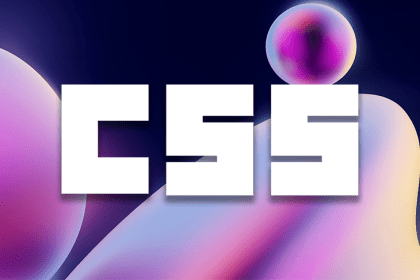
Improve web design using the top CSS libraries for including animations and custom features in your web apps.

Rotating text in CSS is useful when formatting languages comprised of vertical characters, or when adding text to graphics like maps and charts.
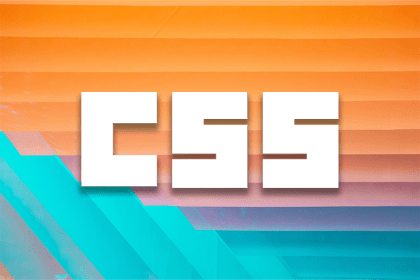
Explore 10 of the best CSS background generators to to add patterns and effects to your webpage and improve your UI.
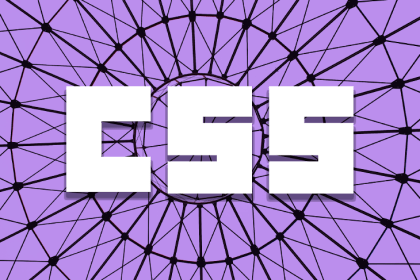
We use CSS trigonometry functions to make precise measurements and create shapes, layouts, animations, and creative designs.
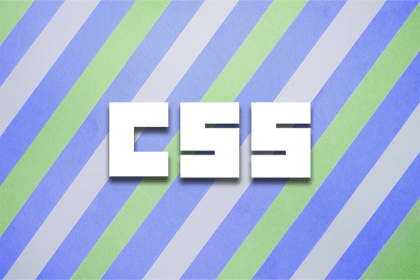
Learn how to create striped backgrounds with CSS gradient functions and customize them with animations and additional layers.
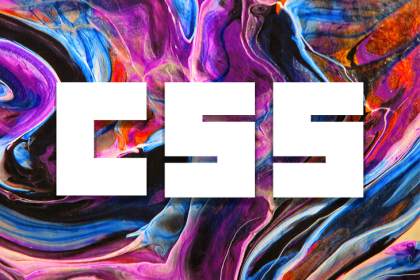
We explore how to use feature queries to test browser support for CSS features and ensure our website is accessible to all users.
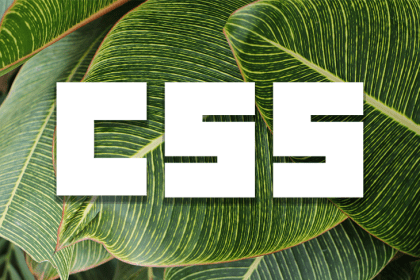
visually-hidden classWe look using the CSS visually-hidden utility class to make elements available to users of assistive technologies without impacting design.
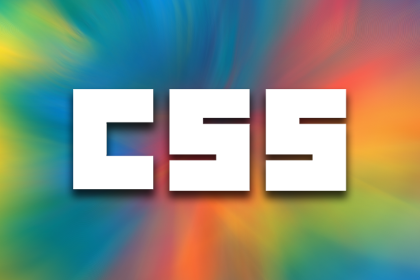
In this article, we explored PurgeCSS, a tool to remove unused CSS from your code, thereby reducing file size and improving optimization.
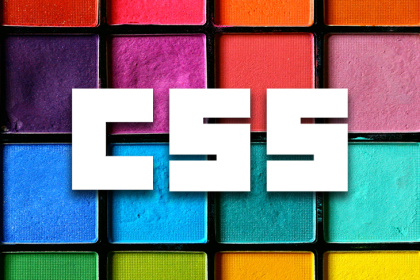
In this article, we’ll focus on basic design using rows, columns, and areas to build a simple responsive web application using CSS grid.
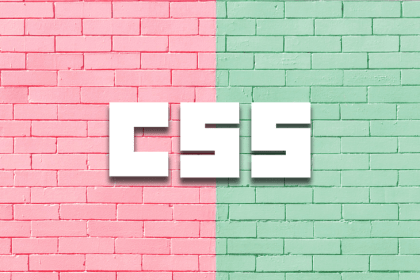
Learn all about CSS sibling combinators, their usage, and their practical application in frontend web development.
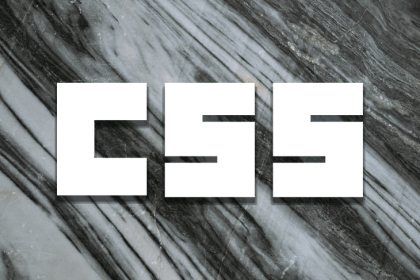
:empty pseudo-classWe use the CSS :empty pseudo-class to create more dynamic and engaging UX, while simplifying code and boosting website speed.